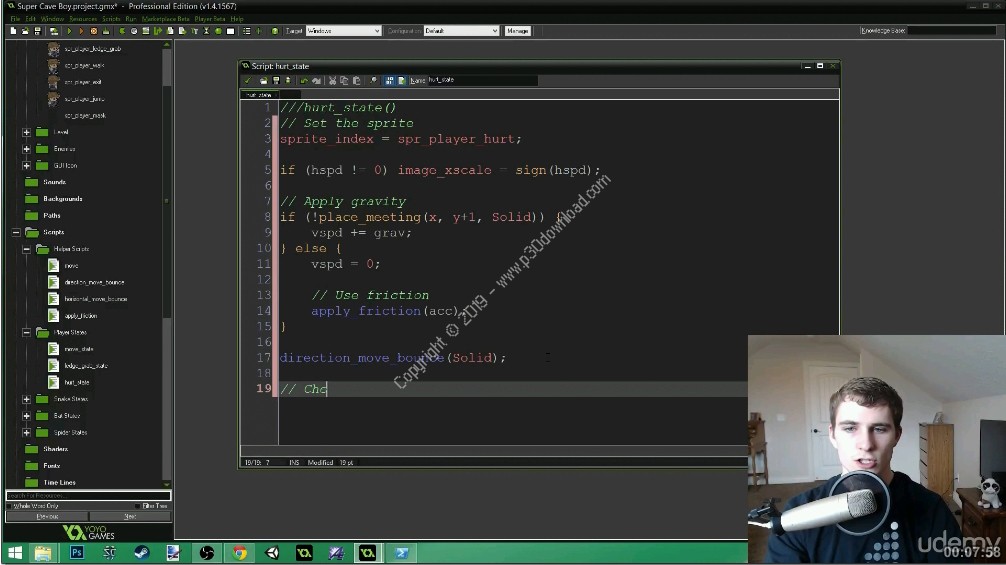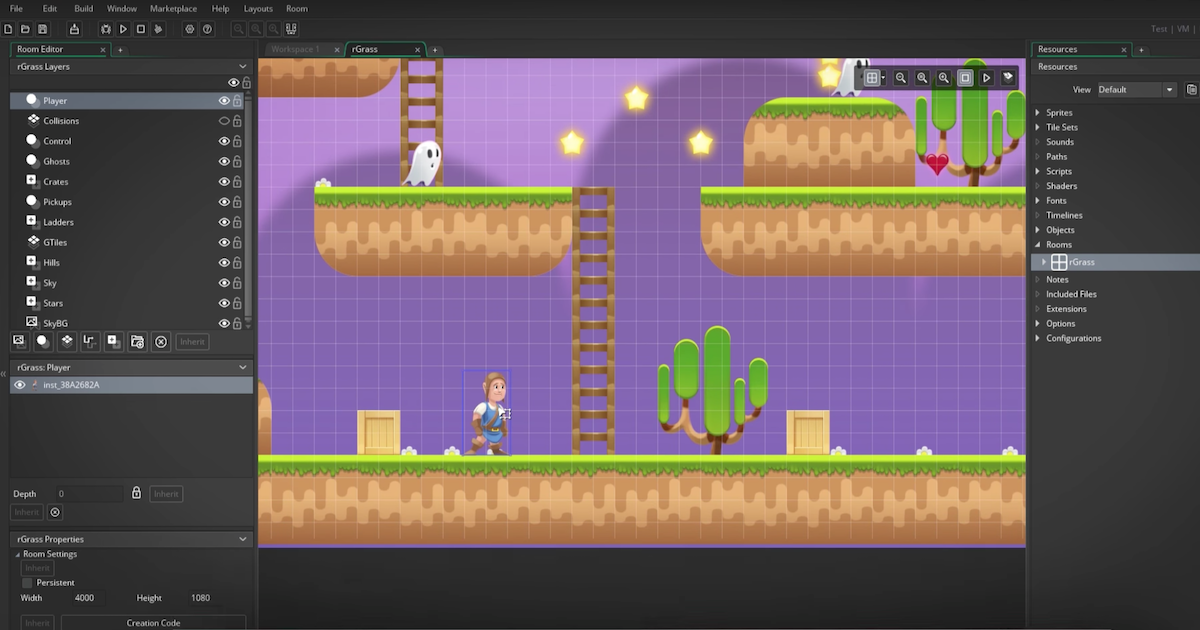

#Game maker studio pro castlevania full#
This font includes a full set of katakana characters. In the tile set, the dakuten and handakuten are separate tiles, likely positioned after the character they relate to. Recreation of an unused (?) pixel font found in the ROM for Konami's "Castlevania: Harmony of Dissonance" (2002) and "Castlevania: Aria of Sorrow" (2003) on the Nintendo Game Boy Advance. In this recreation, these characters are pre-combined into a single glyph.

In the game's tileset, the dakuten and handakuten are separate tiles, positioned to the right of the character they relate to. Recreating Celeste Lighting in GameMaker:Studio comments Replied to. While the title screens use the same latin font as the western releases (see Castlevania 2 - ), this font is used in the game itself (including the dialog boxes and inventory/menus). If you want the game to feel professional, players shouldnt need to look at the. 2 ark stadia ark stadia pro ark stadia release date ARK Stadia trailer ARK Star. Recreation of the katakana pixel font from Konami's "Dracula II: Noroi no Fūin" (aka "Castlevania II: Simon's Quest", 1987) on the Nintendo Famicom. Januar 2022 25 Cent 2D 2K 2K Games 30 Tage 3D 3d audio 3DS 4 Spieler 4. Only the characters present in the game's tile set have been included. The game also uses a handful of actual kanji characters - however, due to their limited number and usefulness, these have not been added in this recreation.

Get the most out of your new GameMaker Studio 2 license.
#Game maker studio pro castlevania software#
Whether you’re seasoned with the software or just getting started on your game making journey, chances are you’ll learn something new. In this recreation, these characters are pre-combined into a single glyph. Welcome to a curated list of 20 Quick Bits, GameMaker Studio 2 tips, tricks, and code snippets that come from my Step Event Twitter account. In the game's tileset, the dakuten and handakuten are separate tiles, positioned in the line above the character they relate to. In contrast, the western release uses a single stylised font throughout - see . This font is only used on the title screen, intro story crawl, and dialog boxes - otherwise, the game uses a standard "Nintedoid" type font like. Recreation of the hiragana and katakana pixel fonts from Konami's "Akumajō Densetsu" (aka "Castlevania III: Dracula's Curse", 1987) on the Nintendo Famicom.


 0 kommentar(er)
0 kommentar(er)
